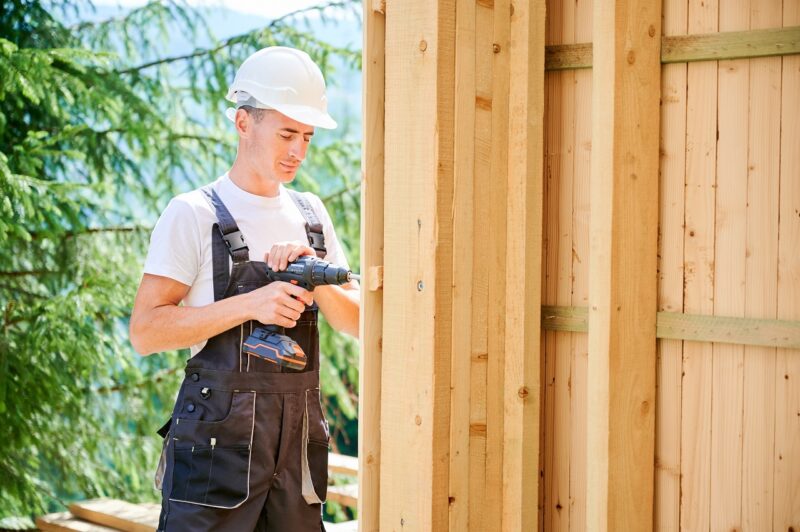Published: 22/10/24 By: Mike Bekin
When adding timber cladding to a building, one of the most important parts of the construction process is battening. But as these timber boards are hidden once the project is finished, they are also one of the most frequently forgotten.
Whether you are tackling a DIY cladding project at home or brushing up your skills for a professional job, it is crucial to give timber battening the attention it deserves. Master the essentials with this comprehensive guide, and ensure your project is built to last.
What Is Timber Battening?
Battening is a step in the cladding construction process which involves adding horizontal or vertical timber boards to the wall of your building. It is one of the first tasks you will need to carry out when installing cladding, providing a structural framework to attach your timber boards.
What Are the Benefits of Battening?
Adding battens to the framework of your cladding provides a strong, stable fixing point. It also ensures that your cladding boards sit away from the underlying structural wall, providing essential ventilation to prevent water build-up and keep your timber dry. In this way, battening vastly improves the longevity of your timber cladding, making it a crucial part of the installation.
Tips for Installing Timber Battens
Your timber battens should be spaced between 400mm and 600mm apart and should protrude from the wall by at least 6mm to provide the minimum gap needed for ventilation.
Before installation, you will need to measure and cut the battens down to size (unless they are pre-sawn to your measurements). Focus on any corners, window frames and door frames to ensure a snug fit for a professional finish.
When installing your battens, remember to use corrosion-resistant screws to prevent tarnishing or damage to your framework. It is also important that your battens are level and provide an even, flat surface for your cladding boards. If there are uneven surfaces, use smaller boards of timber behind your battens to provide a layer of packing.
After securing your battens to the wall, you can then add your cladding boards. Be sure to cover any gaps at the top, bottom and sides of your cladding with anti-pest mesh, enabling a steady flow of air without inviting rats, mice and large insects into the gap between your wall and your timber.
Choosing a Timber Species for Battens
Your timber battens are designed to bring durability and longevity to your cladding, and to provide a secure fixing point for your boards. Because of this, it is crucial you choose a tough, strong and durable timber species.
In an ideal scenario, you would use a hardwood species such as Oak, Chestnut or Iroko all of which have a great natural resistance to moisture and rot.
But, for a cost-effective solution – and by far the most commonly used – we’d recommend a treated softwood, such as Pine. ThermoWood is a great option for a durable softwood that’s free from harsh chemicals.
Find Your Timber Battens at EcoChoice
Get your timber cladding project off to an excellent start with high-quality timber from EcoChoice. All our battens and boards are sourced from responsibly managed forests, making them a sustainable choice for your cladding.
To find your perfect timber species match or place an order, get in touch with us today.
Tags: timber battening, timber cladding
Categories: Insights
